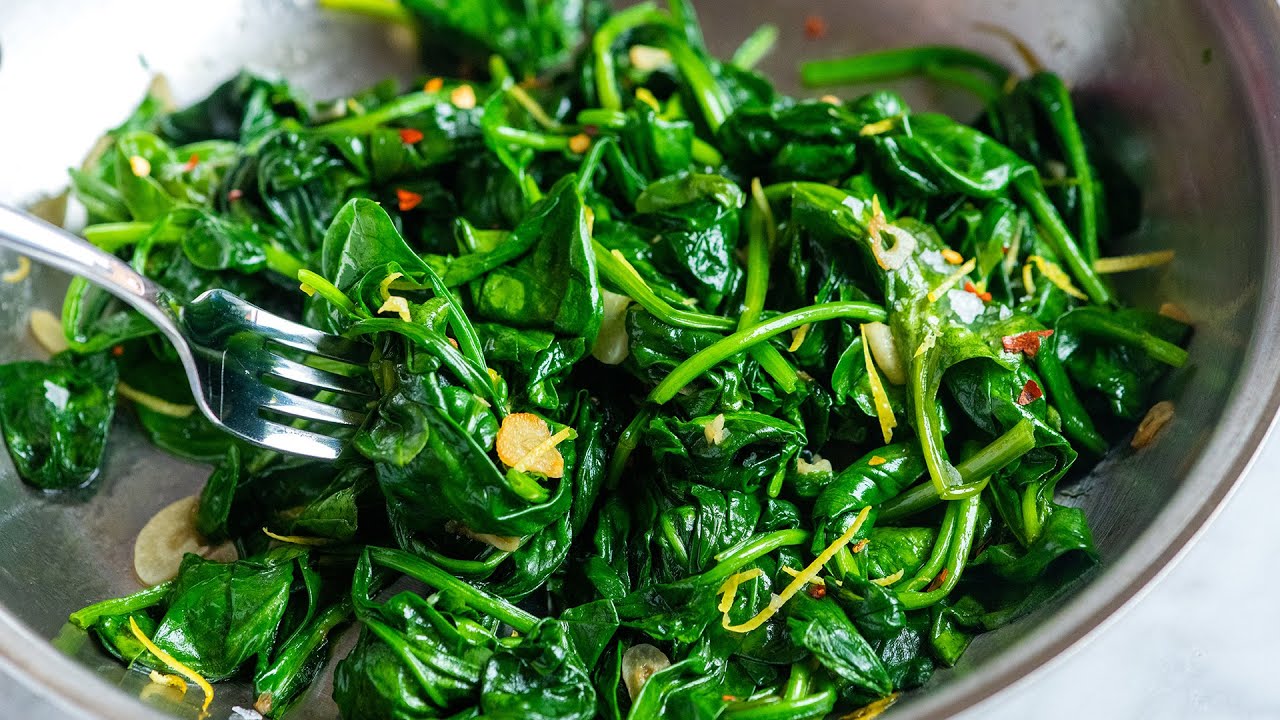
Chamberlains of London – Cooking spinach might sound simple, but most people get it completely wrong. Whether it is boiling it until soggy or throwing it raw into a hot pan without preparation, these common habits ruin spinach’s taste and nutrition. In fact, chefs and nutritionists agree that how you cook spinach can significantly change its flavor profile and health benefits. Many households overcook this leafy green without realizing they are draining away its essential vitamins and minerals. Cooking spinach properly is not just about taste but also about maximizing what it can offer to your body. From iron to antioxidants, spinach holds power you can feel — if treated right in the kitchen. This article will help you rethink your technique so your next spinach dish is delicious, vibrant and nutrient-packed. Welcome to the spinach upgrade your kitchen has been missing.
When Cooking Spinach, the biggest mistake is using too much heat for too long. High temperatures and extended cooking times destroy many of the essential nutrients, including vitamin C and folate. Spinach has a high water content and needs very little cooking to become tender. That is why chefs often recommend a gentle steam or a quick sauté. Cooking spinach gently helps preserve its color, texture and nutrient density. Unlike boiling, where nutrients are leached into water and discarded, light steaming keeps everything in the leaves. The flavor also stays rich and slightly earthy rather than dull or metallic. Cooking spinach this way makes it a perfect side, a healthy addition to pasta or a topping for your toast. It is also much more appealing visually. Bright green, slightly wilted spinach always looks and tastes better than a sad, soggy pile on your plate.
“Read about: One Secret Ingredient Makes This Salak Candy Irresistible, Try It Today!”
Before you even think about Cooking Spinach, make sure you prepare it properly. First, wash the leaves thoroughly to remove dirt, grit or pesticide residue. Spinach grows close to the ground so sand can easily hide in the folds. After washing, dry it well using a salad spinner or pat it dry with a clean towel. Excess water can cause the spinach to steam unevenly and turn mushy. Next, decide whether to cook the leaves whole or chop them. For dishes like omelets or stir-fries, smaller cuts work better. If you are steaming or using spinach as a base for grain bowls, leave the leaves intact. Some chefs suggest blanching spinach quickly in boiling water and then shocking it in ice water to lock in the green color. This technique is optional but gives spinach a nice texture when used in cold dishes. Good prep leads to better results.
The quick sauté method is loved by chefs for its speed and flavor. Start by heating a little olive oil or butter in a large skillet. Add some garlic or shallots for extra aroma. Then toss in the spinach and stir continuously for about one to two minutes. The leaves will begin to wilt almost immediately. You do not need to add water because spinach already contains plenty of moisture. The key is to remove the pan from heat as soon as the leaves shrink slightly but still hold their shape. Over-sautéing will make them slimy. Season with salt, pepper or a squeeze of lemon juice to bring out the freshness. Some people add a pinch of nutmeg for a warm kick. Cooking spinach this way creates a dish that feels fancy with minimal effort. It can be served alongside eggs, fish or even piled on warm bread.
“Read more: Rotavirus Symptoms Look Harmless, Until Your Baby Is Severely Dehydrated!”
Once you master Cooking Spinach correctly, you will find yourself adding it to everything. From breakfast to dinner, cooked spinach is incredibly versatile. Mix it into scrambled eggs or an omelet for a nutrient boost. Toss it with pasta and parmesan cheese for a quick Italian-inspired meal. Add it to soups or curries for added depth and vitamins. It can even be blended into smoothies for those who prefer a green drink without raw leaves. When cooked the right way, spinach becomes soft without being mushy, making it an ideal filling for wraps, sandwiches or savory pastries. Leftovers can be stored in the fridge for a couple of days and used cold in salads or reheated briefly. Cooking spinach properly opens up a world of meal options that are both healthy and tasty. Every kitchen should make room for this humble yet powerful leafy green.